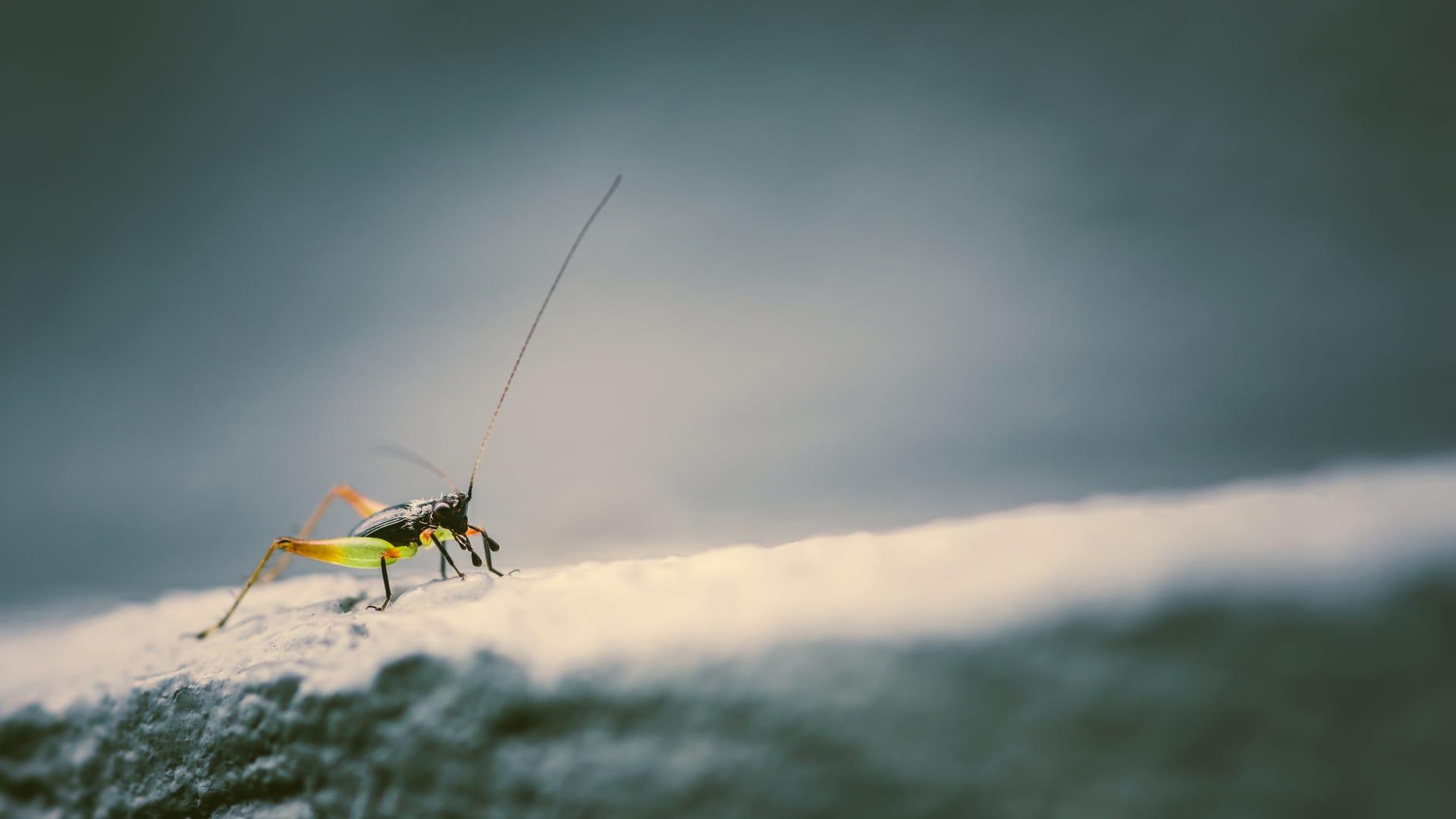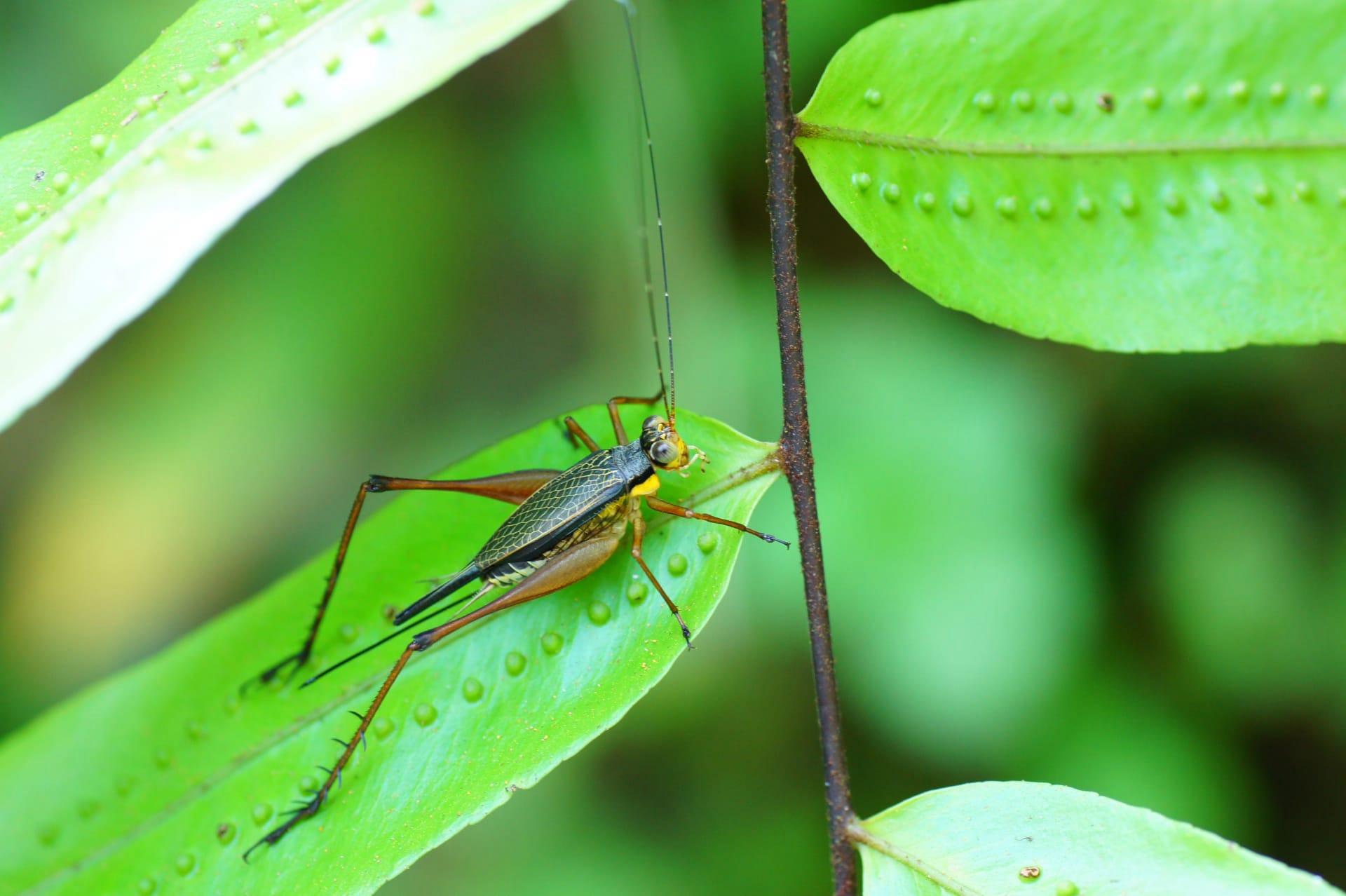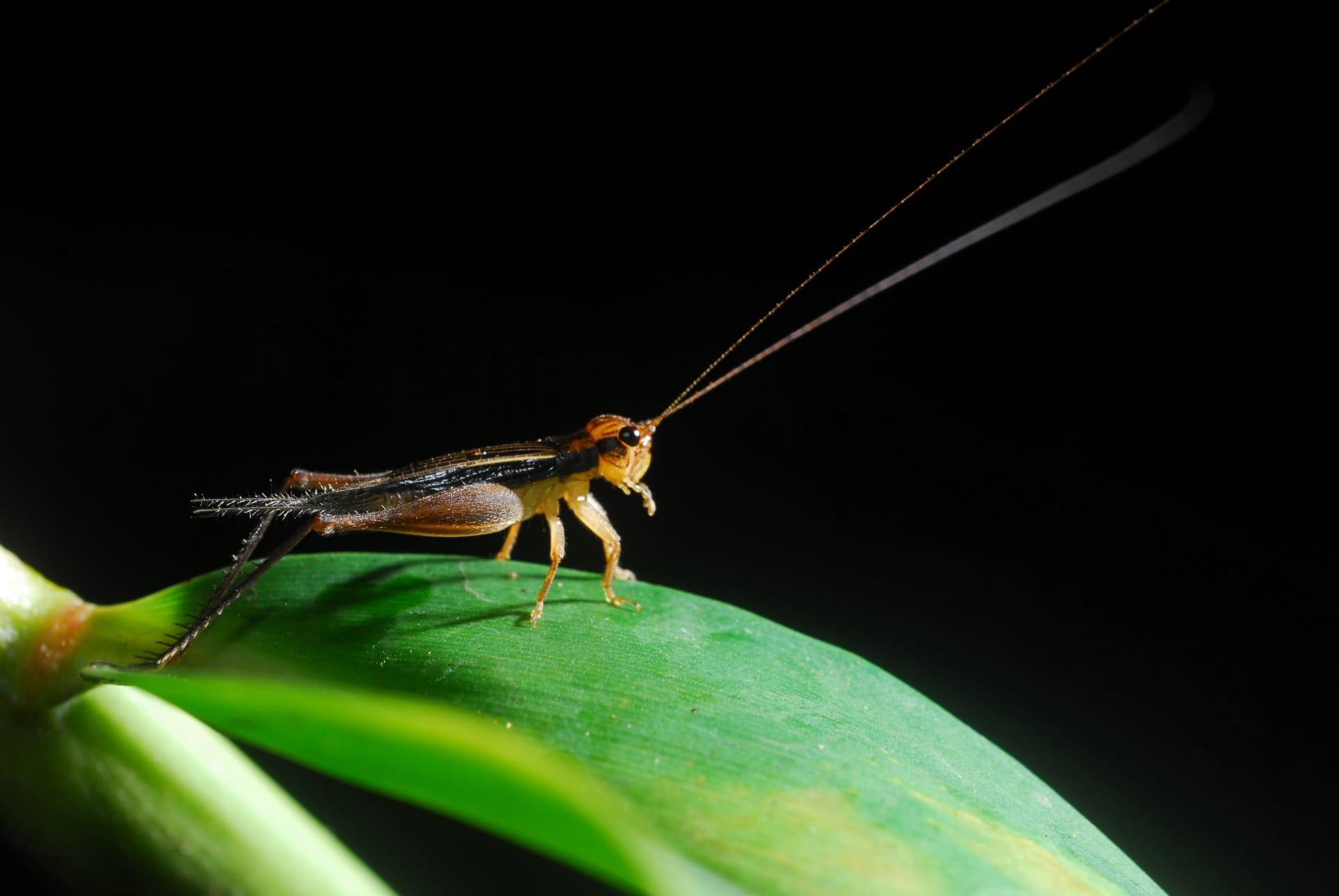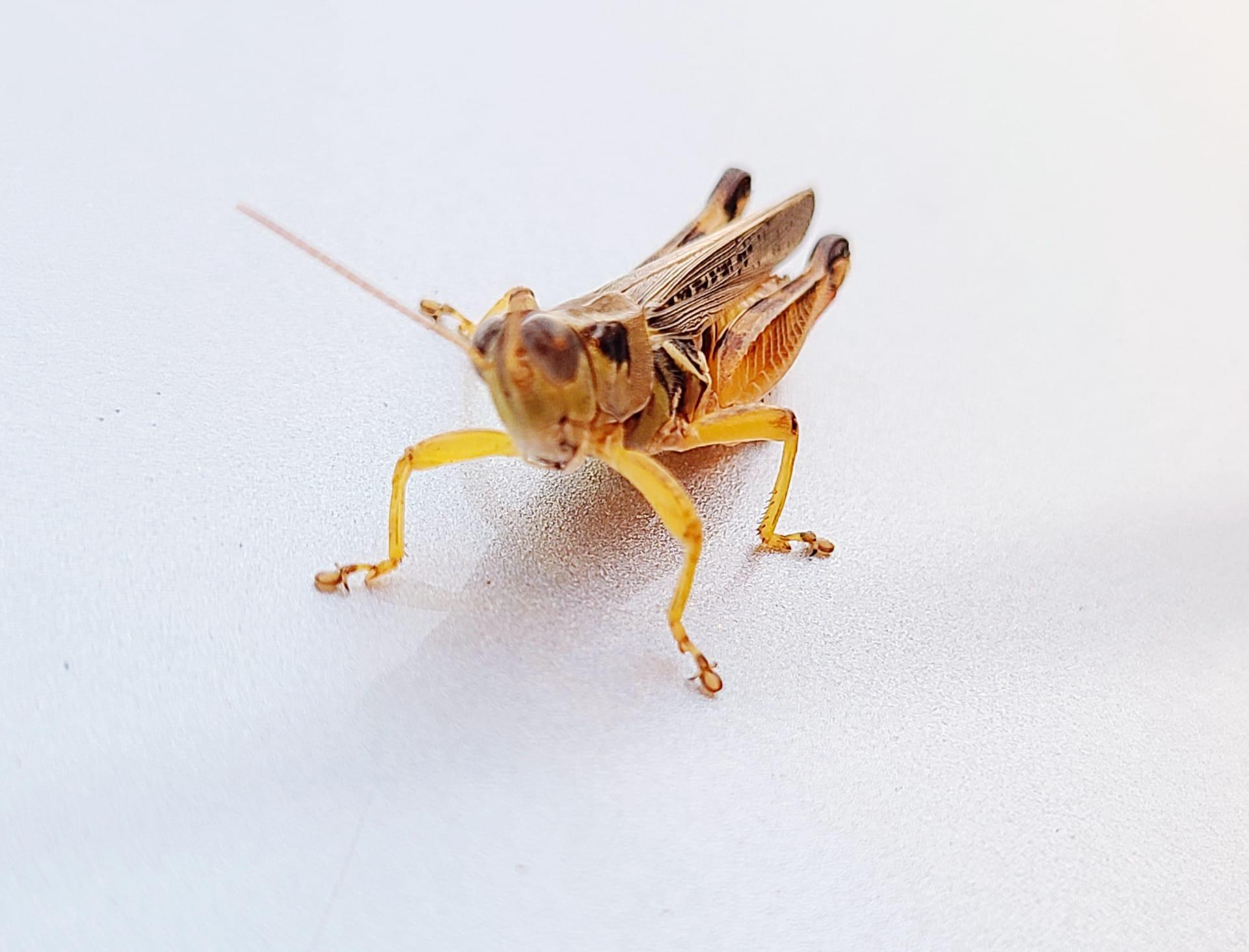Crickets Characteristics
- Home /
- Mini Encyclopedia /
- Animal /
- Crickets Characteristics
1
Crickets, those chirpy little creatures, come in various sizes but most commonly, you'll find them measuring about 1 inch in length. However, some species can grow up to 2 inches, making them quite the sight in the insect world. They're equipped with six legs, two antennae, and a pair of wings that might or might not be used for flying, depending on the species. When it comes to lifespan, these insects have a relatively short one, ranging from a few weeks to several months, highly dependent on their environment and the presence of predators.
One of the most fascinating organs a cricket possesses is its tympanum, which functions as its ear. Located on the front legs, this thin, membrane-like structure allows crickets to detect sounds. This is crucial for their survival, not just for avoiding predators but also in their social interactions, particularly during mating season. The male cricket's serenade, a song produced by rubbing its wings together, is a call for mates and a declaration of territory, all made possible by this unique auditory system.

2
Question: Why do crickets chirp?
Answer: Crickets chirp for a variety of reasons, but the primary one is to attract a mate. Male crickets produce a chirping sound by rubbing their wings together, a behavior known as stridulation. The angle at which the wings are held, the speed of movement, and the structure of the wing's edge all contribute to the unique sound each cricket makes. Temperature also plays a role; crickets tend to chirp more frequently in warmer conditions. This chirping not only serves as a mating call to females but also establishes the male's territory and can deter other males from encroaching.

3
Crickets are known for their impressive jumping abilities, which they use both to navigate their environment and escape from threats. Their long, powerful hind legs enable them to leap distances many times their body length, with some species capable of jumping up to 3 feet in a single bound. This remarkable athleticism is crucial for their survival, allowing them to quickly move out of harm's way and cover ground rapidly when foraging.
As for feeding, crickets are omnivorous and not very picky about their diet. They'll consume a range of organic materials, including plants, fungi, and even dead or live insects. This dietary flexibility is a key factor in their widespread distribution and success in various environments. Their mandibles, strong and capable of breaking down tough material, are perfectly suited for their eclectic feeding habits, allowing them to take advantage of a wide array of food sources available in their habitat.

4
Crickets thrive in a variety of environments, but they particularly favor warm, moist conditions where they can find ample food and shelter. These environments include fields, forests, caves, and even within human dwellings. The availability of hiding spots, like leaf litter and logs, is crucial for their survival, providing protection from predators and harsh weather conditions.
Reproduction is a key aspect of cricket life, with most species engaging in a fascinating mating ritual that involves the male cricket's song to attract a female. After mating, the female lays her eggs in a safe, damp location where they can incubate without threat from predators. The number of eggs laid can vary widely, with some species capable of laying hundreds during their lifetime. This prolific breeding ensures the continuation of the species, despite the numerous challenges they face from predators and environmental factors.

5
Book: "The Songs of Insects" by Lang Elliott and Wil Hershberger is a compelling exploration into the world of cricket chirps and the songs of other insects. Though it's not exclusively about crickets, this book, published in the United States, dives deep into the acoustic world of these creatures. The authors, both renowned naturalists, provide insights into how and why insects like crickets produce their iconic sounds, bringing the reader closer to understanding their complex behaviors and interactions within their ecosystems.
Book: "Crickets and Katydids, Concerts and Solos" by Vincent G. Dethier focuses on the fascinating world of crickets and their relatives. Published in the late 20th century by an American biologist, this book delves into the behavioral patterns, life cycles, and ecological roles of crickets. Dethier's engaging narrative and scientific expertise make this book an informative and enjoyable read for anyone interested in the detailed lives of these ubiquitous insects.